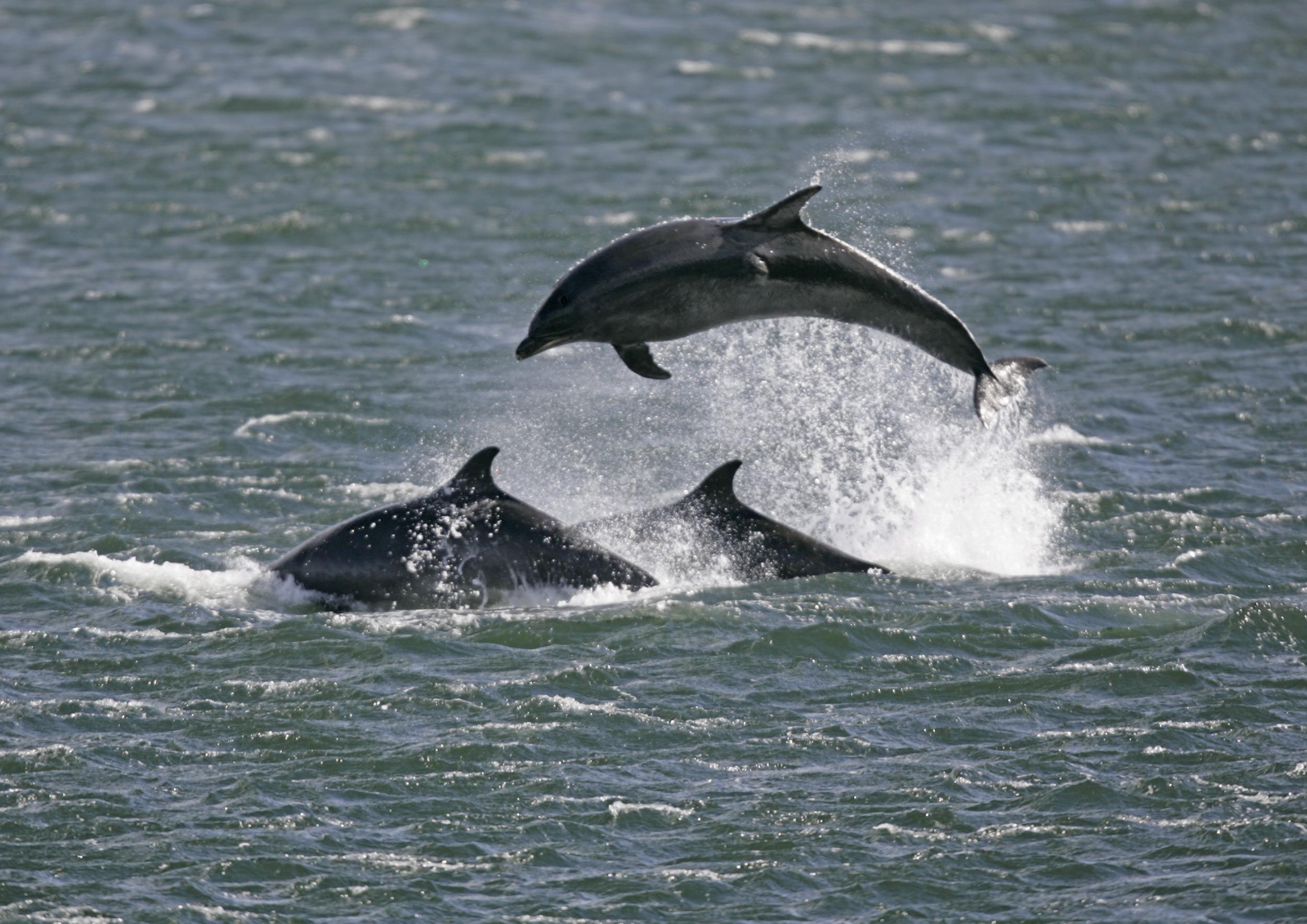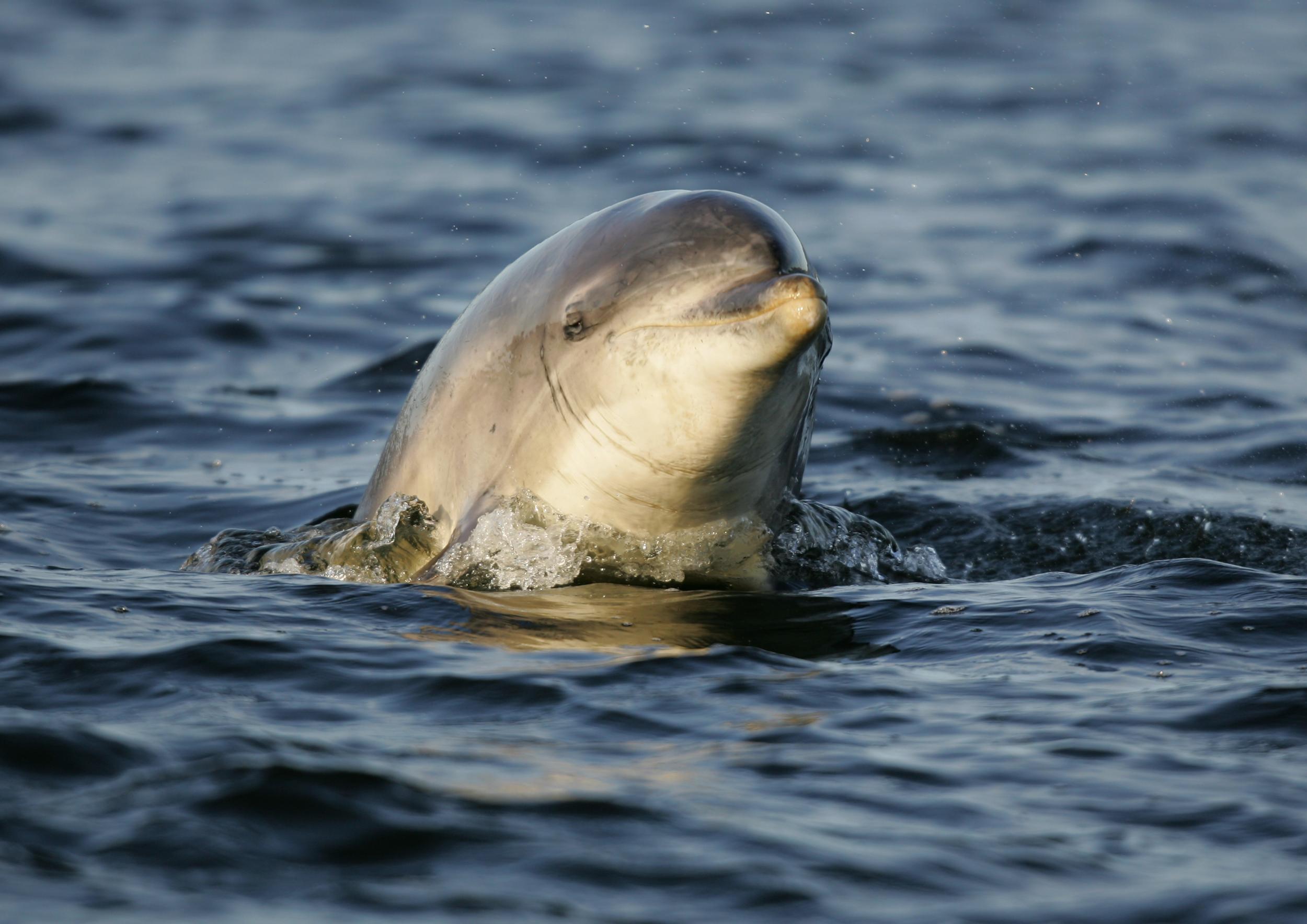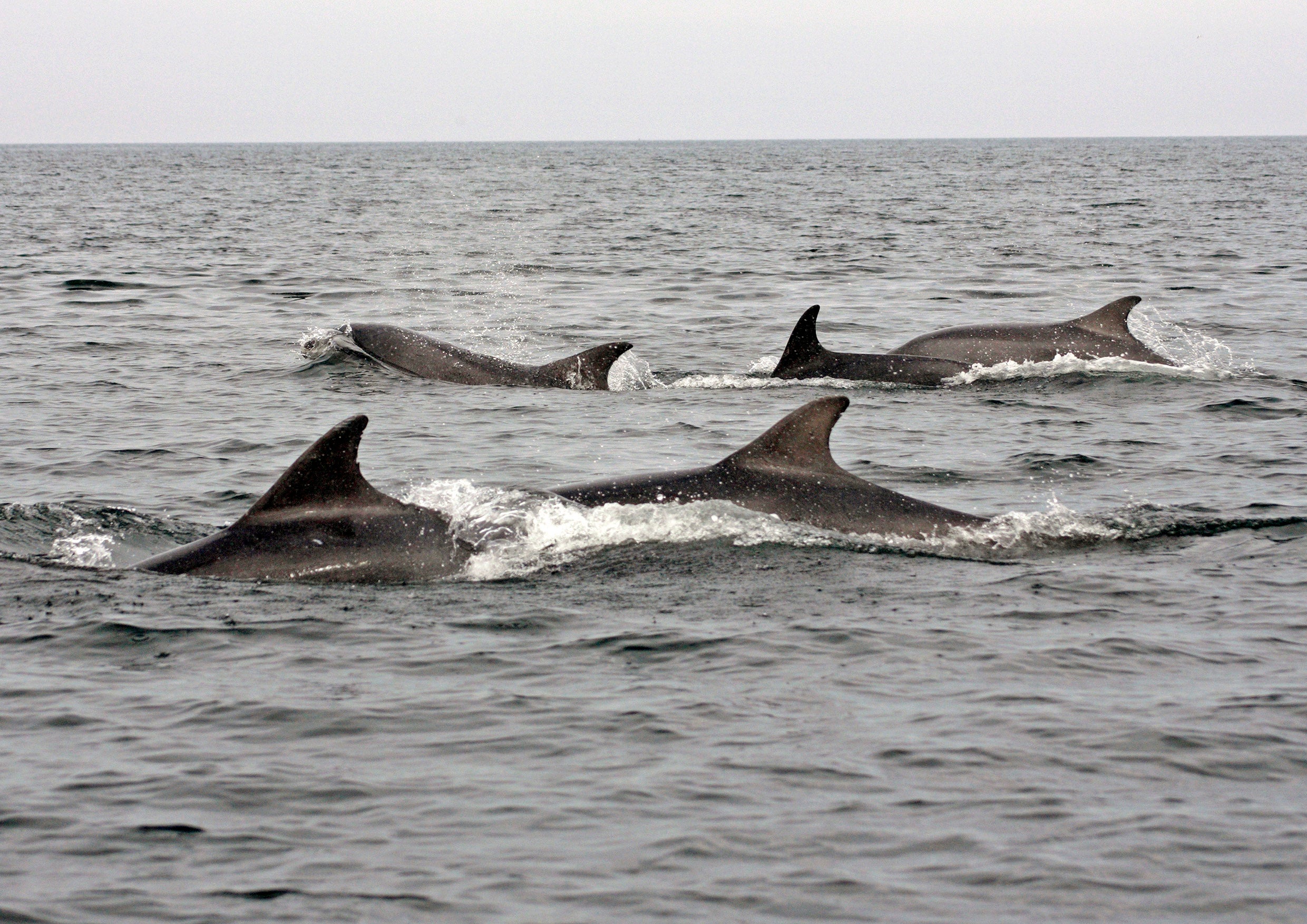How to plan the ultimate dolphin-spotting trip in the UK
They can be elusive, but hitting the coast to see these glorious mammals in the wild is its own reward, says Hazel Davis

Your support helps us to tell the story
From reproductive rights to climate change to Big Tech, The Independent is on the ground when the story is developing. Whether it's investigating the financials of Elon Musk's pro-Trump PAC or producing our latest documentary, 'The A Word', which shines a light on the American women fighting for reproductive rights, we know how important it is to parse out the facts from the messaging.
At such a critical moment in US history, we need reporters on the ground. Your donation allows us to keep sending journalists to speak to both sides of the story.
The Independent is trusted by Americans across the entire political spectrum. And unlike many other quality news outlets, we choose not to lock Americans out of our reporting and analysis with paywalls. We believe quality journalism should be available to everyone, paid for by those who can afford it.
Your support makes all the difference.“There’s one!”
“No there’s one!”
“I think it’s just waves, darling.”
Standing on a freezing beach in an October cold snap looking for signs of dolphins is not a job for the faint-hearted. Good job Moray Speyside is absolutely stunning this time of year (and, I imagine, all year round). As the waves surge dramatically to the shore, the noise is overwhelming and the view unparalleled – but the dolphins are, sadly, few and far between.
My pal Simon, my two daughters, aged seven and five, and I are here because we’ve heard that the region has some of the UK’s most spectacular land-based dolphin-spotting opportunities.
The Scottish Dolphin Centre, situated at the mouth of the River Spey near Fochabers in the northeast of Scotland, is managed by international charity Whale and Dolphin Conservation. Wildlife spots in the bay are (apparently) plentiful and include bottlenose dolphins, seals, osprey in the summer months and the very occasional otter.
The dolphins, part of a population of around 190 living in the Moray Firth all year round, come to the mouth of the river to feed on salmon and trout, sometimes staying for hours at a time. Our dolphin count is pretty low this chilly morning but centre manager Alison Rose explains why: “Sightings rates are higher in the summer, helped by the longer daylight hours and calmer seas which make them easier to spot.” The Moray dolphins are thought to be the most northerly resident bottlenose dolphins in the world.

The trick, Rose tells me, is to find a spot with good elevation and scan over the sea looking for any interruption to the water’s surface. She also advises looking for feeding birds over the sea as they are a good indicator that fish are around (and, in turn, dolphins). We’re able to spend a good amount of time at the centre thanks to its new sustainable, renewable biomass boiler which heats the shop, café and exhibition centre. It means opening hours can extend into the winter months and visitors can spot dolphins all year round.
Except us. We spend a long while in Spey Bay, but to no avail, though the waves were spectacular and every cluster of gulls got our hopes up. We head over to the little village of Hopeman, around 20 miles away, where a waitress had told us we might have more luck. Good vantage points include the East Beach car park, which looks directly over the beach, where the dolphins can often be spotted close to the shore.
Sadly not today. But we’re not ready to throw in the towel yet; we move on to Findhorn, 10 miles away and home to the famous spiritual community, The Findhorn Foundation, and one of the friendliest places on earth – walking down the street can take some time after you’ve greeted every man, woman and dog en route.

The sun is shining brightly despite the freezing temperature, the sky is a delicious blue and the colourful beach huts dotted along the shore give the place a Cape Cod feel. But we don’t want cod, we want dolphin. We sit and lament the lack at the well-loved Bakehouse cafe in the village, where the children draw pictures of what they imagine the dolphins look like and we drown our sorrows in cake.
By now, we’ve seen enough video footage to know that the sight is a spectacular one. We’ve read that dolphins exist in very close family units (or pods) of all sizes, from small to around 25-strong. We also know that they can live to around 40 years old (which blows our minds), that sometimes the males live in bachelor herds and that each dolphin has its own unique whistle recognisable to its family. We may not be expert dolphin spotters but that doesn’t stop us becoming expert dolphin trivia collectors.
Dolphins have been recorded in the Firth since 1900 but today, instead of the glorious close-up display of video fame, all we manage is a few tantalising black dots in the distance, albeit hugely gratifying ones. They are wild animals, after all – there were never going to be any guarantees that we’d see them.
Nevertheless, we’ve spent time in one of the most beautiful and unspoilt places in the UK, learnt an extraordinary amount about our bottlenosed pals and had some very nice cake to boot. We’re going home happy – and if our local pub quiz ever decides to include a dolphin round, I’m quietly confident we’d come top.
Where and how to spot dolphins in the UK
Moray might be beautiful but there are other places around the UK to spot these glorious beasts.
Durlston Head, Dorset
This has its own dolphin and whale observatory and you can sign up to an alert system to hear about activity as it happens.
Chanonry Point, Scotland’s Black Isle
One of the few places in the UK you can see dolphins right up close.
Cardigan Bay, Wales
It’s home to the UK’s biggest pod of dolphins and claims to be the best place in Europe to spot the mammals.
Prawle Point, Devon
The rocks and coves here are famed for their dolphin sightings.
Porthgwarra, Cornwall
Considered the best spot in the county to see dolphins, porpoises, basking sharks and sometimes even whales.
To get the best from your dolphin experience, pay close attention to tide details; try to pick a day with midday low tides and with the largest difference between low and high tide.
Join our commenting forum
Join thought-provoking conversations, follow other Independent readers and see their replies
Comments